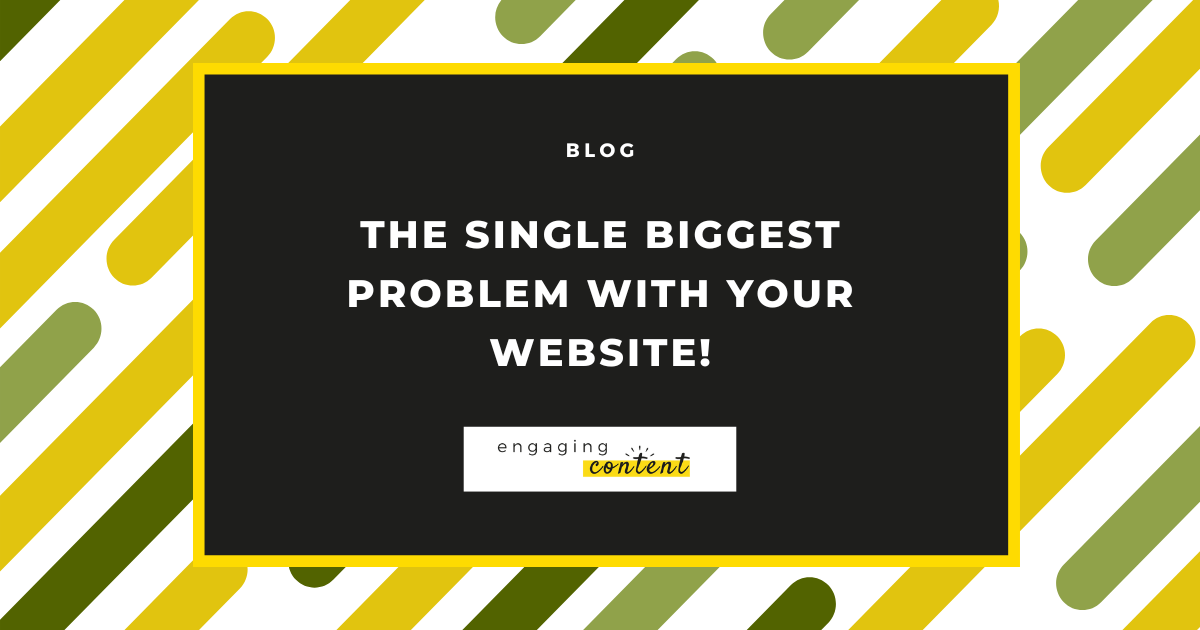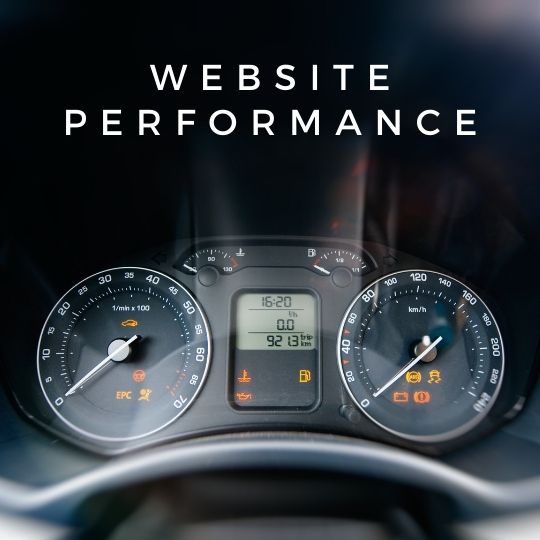Introduction
So you have a website set but you are not getting the traffic and enquiries you desire.
Did you have different expectations? If you are getting traffic and enquiries, are these turning into sales from the right type of customer?
Consider these further questions:
QUESTION 1 – DID YOU SET A GOAL?
Website goals are a must in business. We wrote an article a while back about setting website goals – read it here. If you don’t have a goal then you need to create one.
QUESTION 2 – DO YOU KNOW IF YOUR WEBSITE IS EVEN BEING VISITED?
In order to know the effectiveness of your hard work you need to be able to look at some data. Google Analytics is a fab FREE tool that requires a bit of code within your website. You then have access to a dashboard to show where your website traffic is coming from. If you are driving traffic to your website from social media then you want to know what is working and what is not.
QUESTION 3 – ARE YOU SURE YOUR SITE IS SET UP PROPERLY?
If you worked with a professional then chances are it has been. However Google changes their algorithm so what worked previously might not today. Any errors in your site could be standing in the way of getting picked up by Google. Google Search Console is another FREE tool that will assess your website from the search engine perspective to identify things that might be standing in the way of getting picked up by Google.
QUESTION 4 – IS YOUR CONTENT BEING ENGAGED WITH>?
If you went to the effort to create engaging content for your perfect customer then you want to know it is being viewed and read. The time a user stays on a web page can tell you a lot about whether they were engaged or not. There is a benefit of knowing which content is being looked at. It allows you to create more of the same type of content and less of the not so popular content.
But the single biggest problem you have with your website is that you are not sure how it is performing, you are second guessing and not actually measuring and monitoring things.
Lets go back a step.
The benefit of having a website
Whilst we are living in this fast paced digital age with huge technological advancements, apps galore that work across all devices, a website still has a firm place in your marketing toolkit.
A website provides a number of benefits:
✅ It helps to build your online brand presence to show your expertise as the specialist you are.
✅ It provides a place in which to drive traffic to and once there gives you the opportunity to sell.
✅ It is a central hub of all of your communications, campaigns and promotions.
✅ Depending on your goal, it can be a like silent salesperson working hard in the background (without the need to pay for a pension and tax!) bringing in consistent leads.
✅ It allows you to create landing pages that speak to different customer types, whilst still having core messaging that works for all your customers.
✅ It funnels your audience in and lead them to exactly what they desire.
A website is a great destination to drive your online traffic to, but it isn’t a static tool that stays the same as the day it went live. It needs to move and grow with your business!*
To measure the effectiveness let’s look at website performance.
Website performance
If you have gone to the expense and time of setting up a website then you will want to be protect your investment. The way to do this is measure how it is performing. This will give you insight on whether it is delivering on its goal and aligns with your wider business goals (which may have changed since the site was set up).
Despite artificial intelligence, there are still some things that cannot be automated. So consider these two types of metrics to help you measure your website; objective versus subjective.
objective metrics
When something is objective:
- it is based on data, facts and figures,
- it is quantifiable and therefore measurable
- there is only one answer (like maths and science)
- there are no emotions or opinions
As Google is a computer, an algorithm and a robot it is objective. As such there are lots of tools that can help to measure and report on a website’s effectiveness from Google’s point of view.
Examples of objective metrics:
- How quickly a website loads in a browser
- How fast the website is moving from page to page
- Any ‘behind the scenes’ errors that could be blocking your site being picked up by Google
- How long a user stays on and engages with a certain page.
Subjective metrics
When something is subjective:
- it is based more around feelings and experiences
- it is harder to quantify and measure as it is based on opinions
- there can be more than one answer, there is no right or wrong (like English and art)
Unlike Google, your user is a real human with emotions and opinions, experiences and viewpoints. To measure the effectiveness from this angle is more difficult. It requires human interaction to work through the user experience and journey. This could be by focus groups and/or an expert assessing the site using their knowledge. But even then it comes down to trial and error to finely tune the journey.
Examples of subjective metrics:
- How quickly the page is understood by your ideal customer (this requires testing by your ideal customer!)
- Overall experience of how easy the site is to use and understand and how long a user “dwells” on a page.
- Is the page laid out in a logical way?
- Is the user clicking through and getting in touch?
- Is it clear what the next step is?
Both metrics are needed to give a rounded view of how your website is performing. What might have been worked initially may have changed.
The single biggest problem with your websiTe and how to fix it
Again the single biggest problem you have with your website is that you are not sure how it is performing, you are second guessing and not actually measuring and monitoring things. But the good news is that you can fix it! Here’s how…
Review your website
In order to protect your website investment and start improving its performance to achieve the goals you set, you need to review your website and it starts with an audit. This will allow you to benchmark where your website currently is so that when you do make changes you can measure the effectiveness. A proper audit would include both technical SEO audit and a content audit.
You see, you can’t grow what you don’t measure!
To review your website yourself and measure objectively and subjectively is completely doable. You would likely need to invest time in looking through relevant blogs and online resources to piece it all together. That is why I have created a FREE checklist to give you an idea of the sort of things you need to be considering and an example of how to action some of these points. This would get you so far.
At some point it would be advisable to get some expert input. Your webmaster would be well placed to advise you and help you.
However, if you are interested in an impartial review of your website then we would be delighted to help. But first to discover what is included in a Website Performance Review please download my FREE checklist here ⬇
If you have any questions or simply need a chat about your website please get in touch.
Otherwise keep an eye out for my next blog in this series. I will go into more depth of what a website audit is from a technical and content perspective and who benefits from it.
Don’t forget to download your FREE checklist – Website Performance Review.
At a glance…
The single biggest problem with your website and how to fix it
- You are not measuring your website performance.
- You need to measure both objectively and subjectively.
- You can’t grow what you don’t measure.
- Review your website performance starting with a website audit.
* DISCLAIMER: If only a one size fit all approach worked in digital marketing, but sadly it doesn’t. Every business is unique and so beyond the tools there is a lot of trial and error needed to get your website finely tuned to your perfect customer. I want to say there is a quick win but there isn’t. But the good news is that learning the right steps to make and understanding where the leaks are coming from in your website will help you to plug them, learn and grow your reach!



